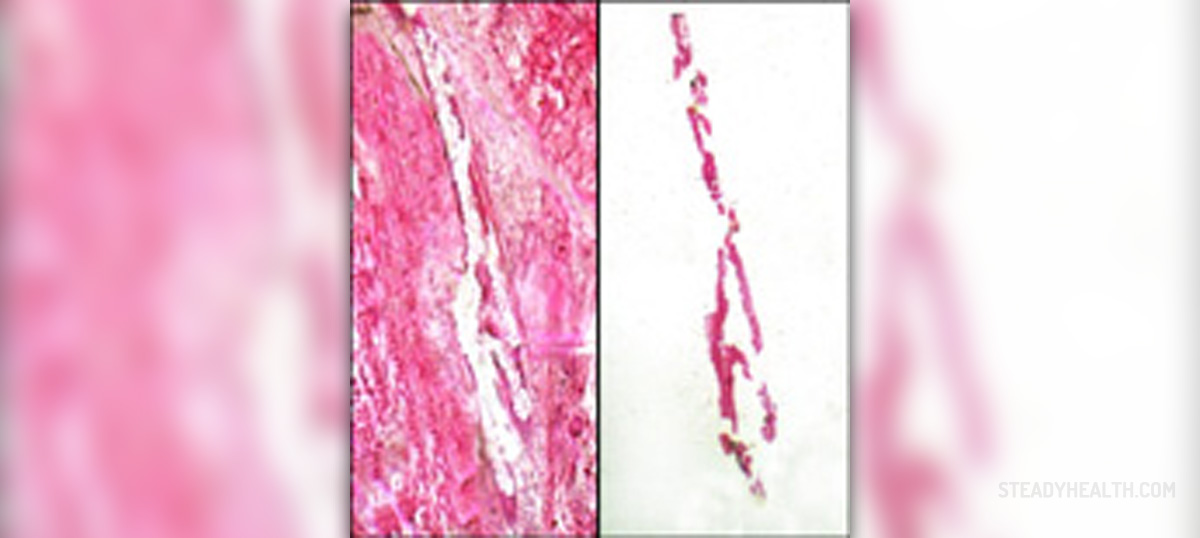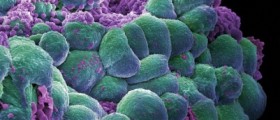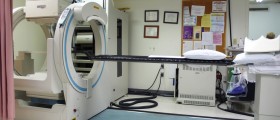
A breast duct papilloma is a benign tumor affecting the breast. The tumor grows inside a breast milk duct and is responsible for the majority of cases of spontaneous discharge form the nipple. Discharge can be clear or sometimes bloody. If the tumor is big enough, it can be easily palpated as a lump behind the nipple.
A breast duct papilloma is mostly reported in women between the ages of 35 and 55. If there is one tumor in the breast, there is practically no risk of developing breast cancer. If a woman suffers from multiple breast duct papillomas or there is a solitary tumor with certain cellular changes, the risk for breast cancer significantly increases.
Breast Duct Papilloma: Clinical Characteristics
As it has already mentioned women suffering from a breast duct papilloma frequently face clear or bloody nipple discharge. They may also feel the tumor behind their nipple. The tumor is rarely associated with breast enlargement or breast pain.
In some cases breast duct papillomas may cause breast deformity (misshapen breast), discomfort in the area or nipple tenderness.
Breast Duct Papilloma: How does the Tumor Develop?
Scientist have not managed to identify the actual cause of breast duct papilloma yet. There are, however, certain risk factors associated with development of the tumor. For instance, women in their reproductive years (especially those between 35 and 55 years of age) are commonly affected by this benign growth.
Breast Duct Papilloma: Treatment Options
Each case of nipple discharge must be reported and adequately assessed. Examination may reveal discharge together with the presence of a lump in the affected breast. Since physical examination is not sufficient enough to determine whether the lump is benign or malign, a woman must undergo additional tests and exams. She may undergo breast ultrasound or mammography. Furthermore, doctors may perform the biopsy of the lump and confirm the condition after pathohistological examination of the sample tissues. Surgical removal and subsequent pathohistological examination is another approach some doctors opt for.
If the lump is confirmed to be malignant, the woman undergoes additional treatments such as chemotherapy or radiation therapy, which basically depends on the stage of the disease, type of the tumor etc.
The prognosis of women suffering from benign duct papilloma is excellent except for women with multiple tumors or those in whom cellular changes inside the tumor have been histologically confirmed. They are, unfortunately, at higher risk of eventually ending up with a breast cancer.









_f_280x120.jpg)







Your thoughts on this
Loading...